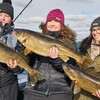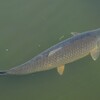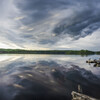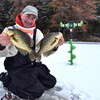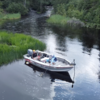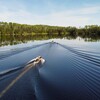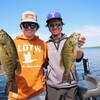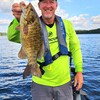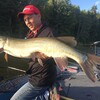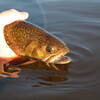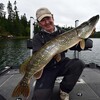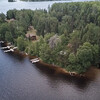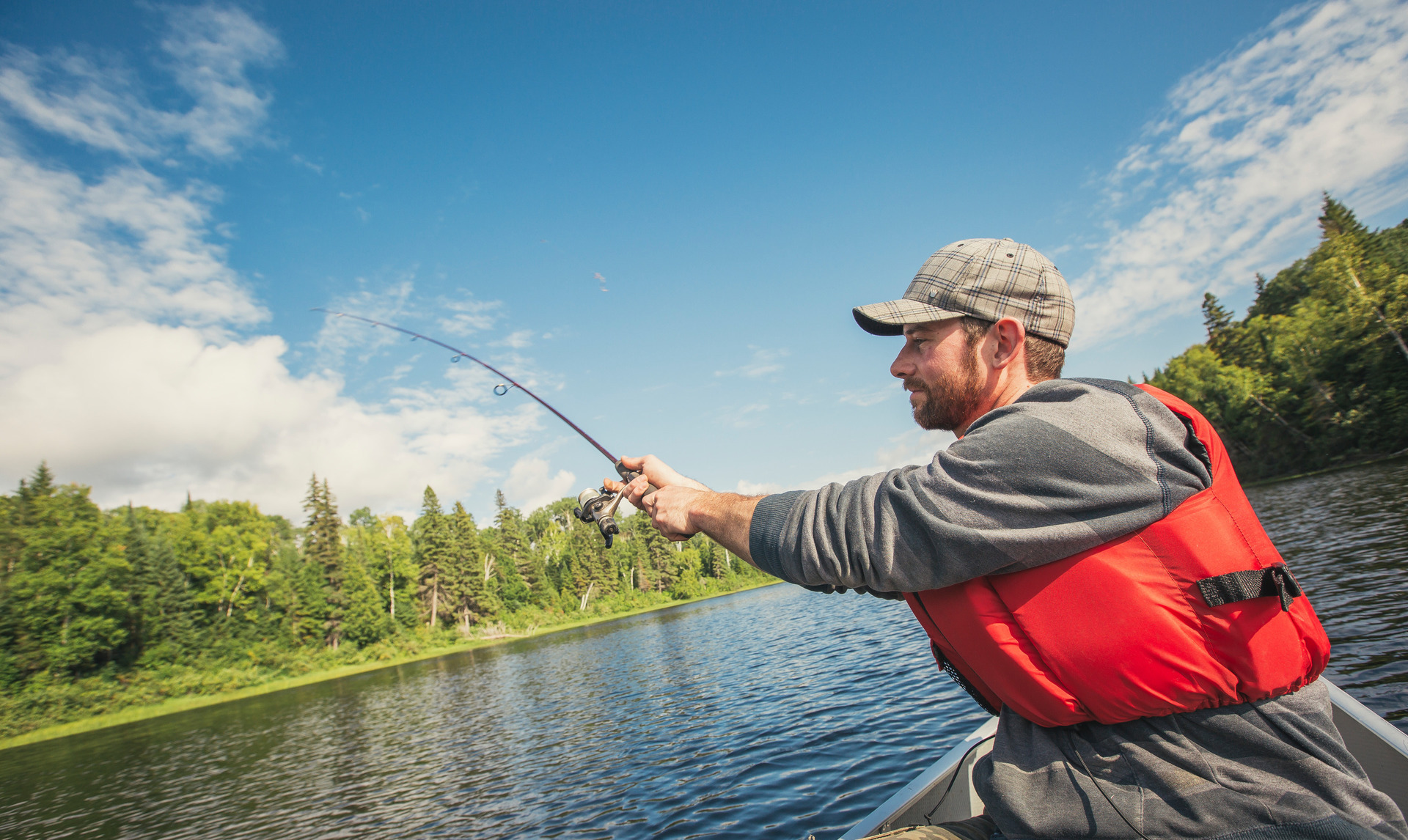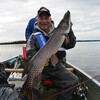
Summer Fishing Patterns for Multi-Species
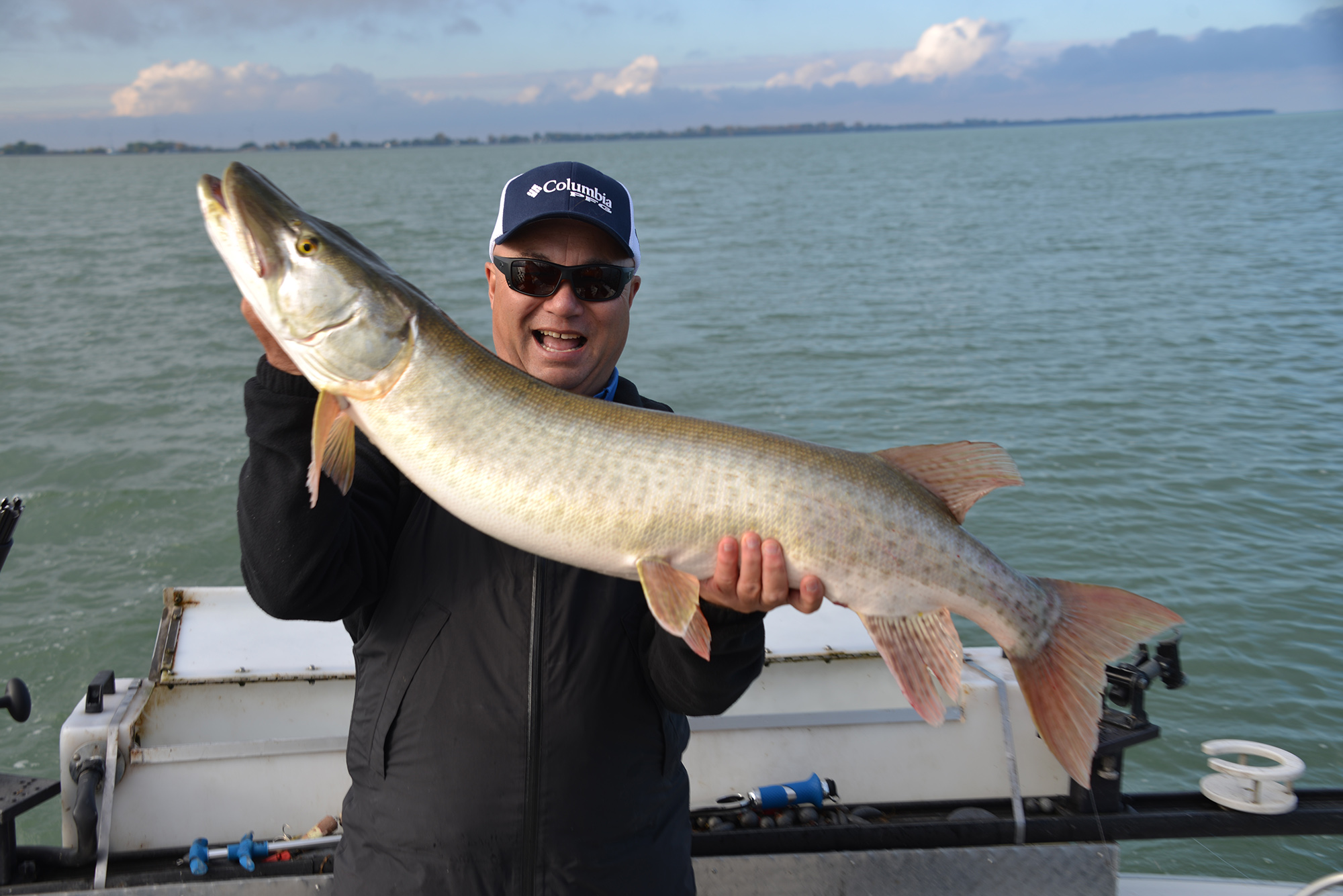
The age-old question in fishing is: do you fish shallow or deep during the summer months? Well, there are a lot of factors to consider—the species you’re going after, the type of lake or river you’re fishing, and what the fish doing at that particular place and time. Let’s go through a few of the different species and talk about how to catch them when the temperatures soar.
If you want to catch big pike or muskies during the summer months, my recommendation would be to look for deep weeds or rock structures. Since a lot of the fish have moved out to their summer haunts, deep weeds—especially fresh, crisp, green cabbage—are always a good place to look. But don’t forget rock drops and breaks. We fish a lot of points and rock humps for big pike and muskie in lakes that are devoid of good weed beds.
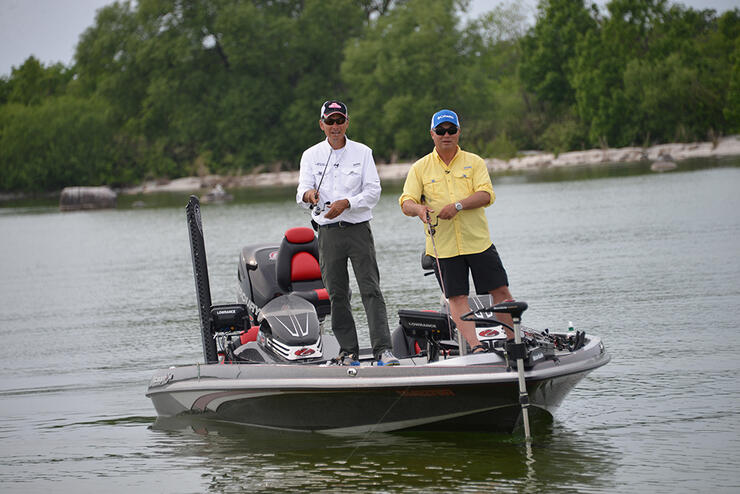
A lot of the bigger fish will be feeding on cisco, whitefish, and herring, so they will be near or over the deep water where these baitfish live. This is where trolling for them can be effective. You can also get them by casting in deep weeds or around deep, rocky areas with big swimbaits, deep diving crankbaits, and big hair jigs tipped with live bait or soft plastics. The real key to consistently catching big pike and muskie during the summer is spending time on the water. Those fish have a lot of water that they could be in, so the odds are definitely in your favour if you spend time on the water figuring them out.
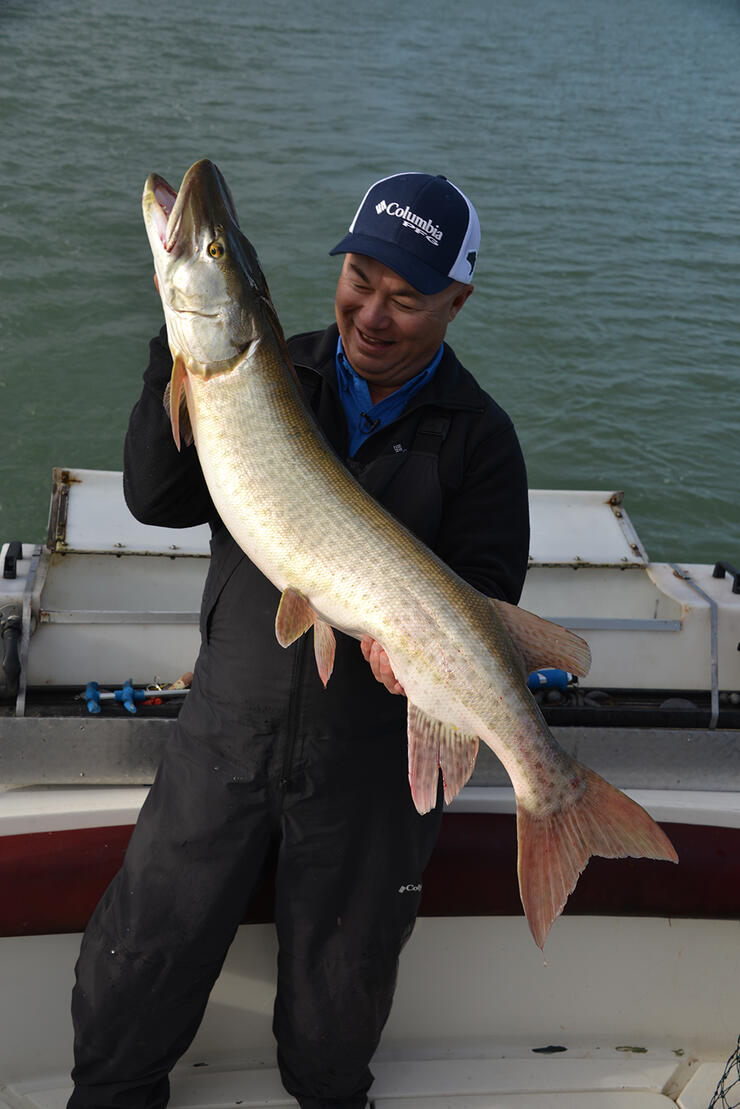
When it comes to walleyes, here in Ontario we get a lot of them by fishing weeds in the summer, usually deep, green weeds. We also get a lot of fish on humps. Basically, we’ll start in the mid-depths and work our way progressively deeper. When I say mid-depths, we might start in 10 or 12 feet of water but usually end up in anywhere from 18 to 30-plus feet. Jigs, soft plastics, and live bait rigs all will work for summer walleyes.
If you’re fishing in the middle of the day, remember that a walleye’s strike zone will be very small, so you’ll want to fish slowly with an “in-your-face” type of technique that keeps your bait in that small strike zone. Under low light conditions, these same fish will be much more active, and you can get them on working a jig more aggressively or by fishing a crankbait to entice them.
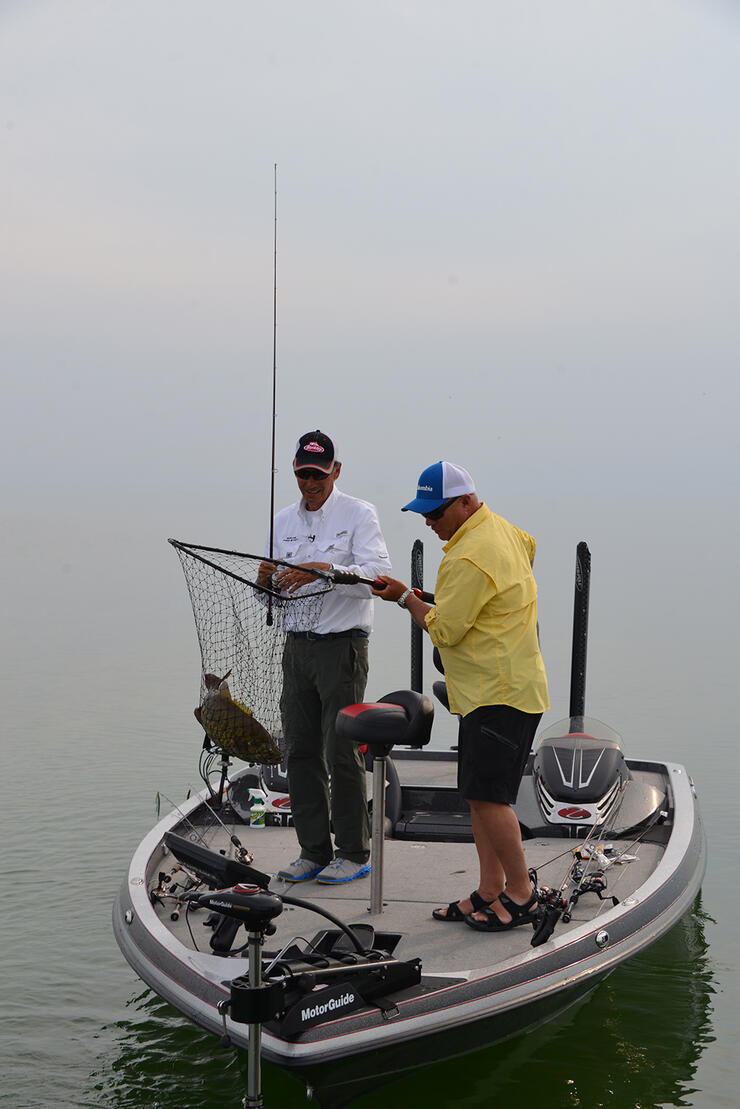
Summer lake trout fishing can be like shooting fish in a barrel. Trolling with wireline or downriggers works, but we prefer to jig for them. We’ll drive around until we mark them on the graph and then lower a 3/8 or ½-ounce jighead tipped with a white swimbait, tube, or curly tail grub, down to them. Always try to keep your bait above the fish. As soon as we see a fish starting to streak up, we’ll engage the reel and start to retrieve the bait. Most of the time the lakers will chase after the jig and hit it before it gets away. Sometimes the faster you reel, the better it is. If you’re into video games, you will have a lot of success this way.
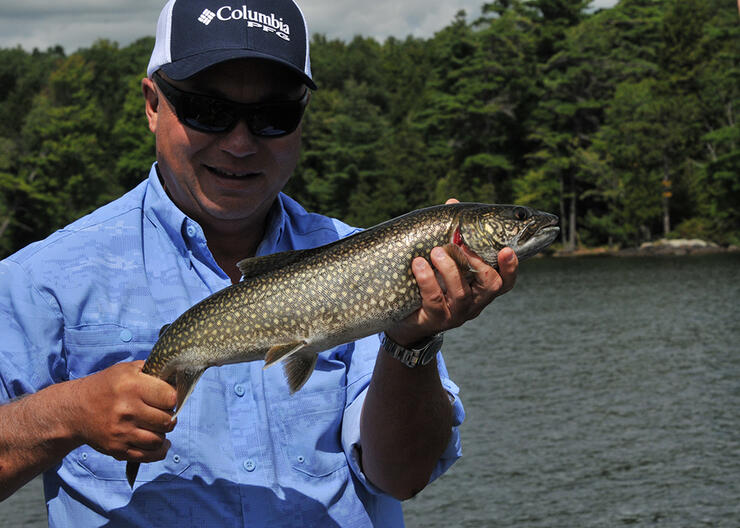
Bass fishing in the summer months means you’ve got both largemouth and smallmouth in both shallow and deep water. Largemouth seem to relate to targets, so we like to fish them around cover if we’re fishing in shallow water. Cover could be weeds, weed mats, overhanging trees, wood in the water, lily pads, arrowheads, and reeds—there are so many obstructions that will hold largemouth.
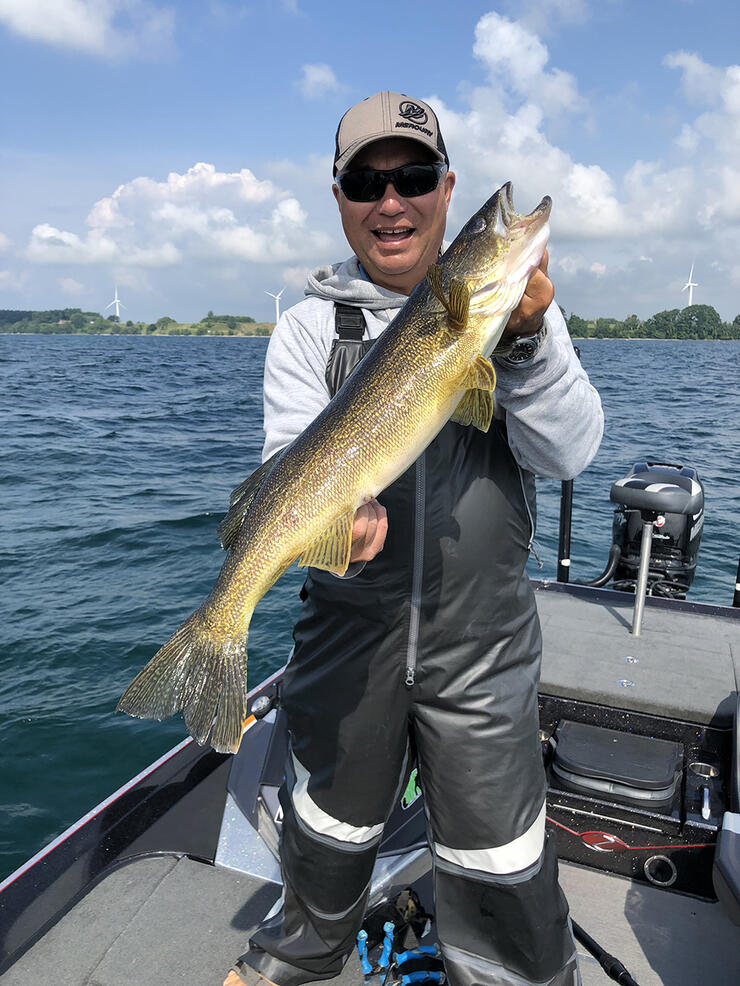
Largemouth also get into deep weeds during the summer months. You can catch a lot of fish if you flip a jig and chunk or a Texas-rigged bait into the deeper weeds or along weed lines. Look for transitions around the weeds—things like points in the weeds, inside corners, or places where the weeds meet rock or sand. These are definitely high percentage areas.
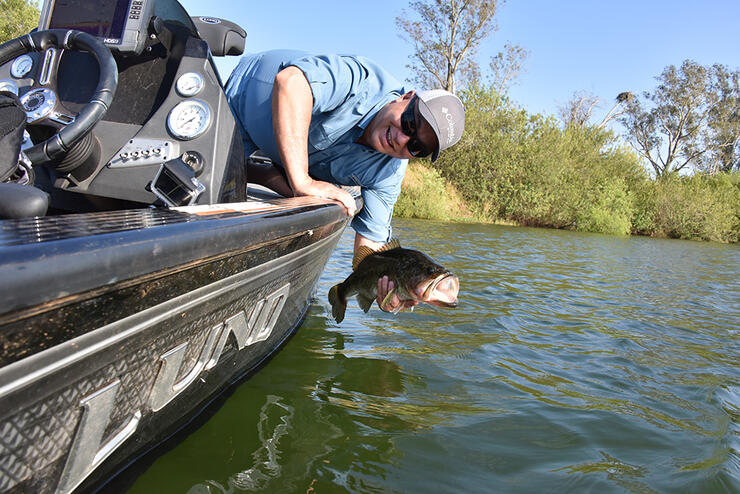
When it comes to smallmouth, on big lakes like Simcoe, Ontario, St. Clair, and Erie, as well as on the St. Lawrence River, you’ve got both deep and shallow fish during the summer. When it comes to catching shallow fish, it seems that calm, flat, sunny days are the best. The key to catching shallow water smallmouth is stealth, so you need to stay back from the fish and make long casts at them. Dropshots, tubes, and small swimbaits will all work on these fish.
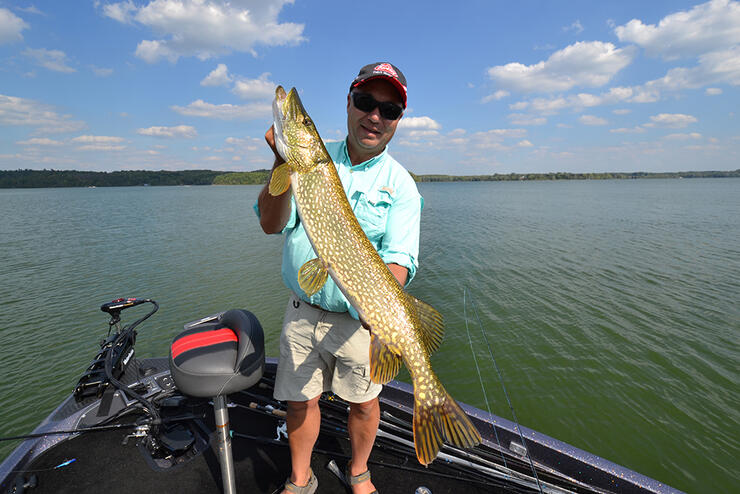
For deep-water smallmouth, we like to look for them on the graph before we start fishing for them. Sometimes they’ll be belly-to-the-bottom, other times they’ll be about a foot suspended off the bottom. Look for rock outcroppings, boulders, or areas where sand changes to gravel or rock—any type of transition like that will hold fish. The same baits we use for shallow fish will work for deep-water smallmouth as well.
In a nutshell, keep in mind that not all fish are doing the same things in the summer. No matter what species of fish you go for, keep an open mind and have some fun out there.
Recommended Articles
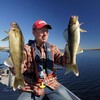
Great Fishing in Northern Lights Country Up Highway 588
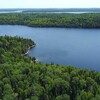
Loch Ness Fishing

4 Best Shore Lunches in Ontario
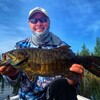
3 Great Baits For Northern Bass
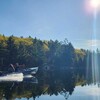
Ten Mile Lake Lodge
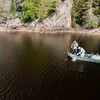
Ultimate Drive-to Smallmouth Bass Fishing
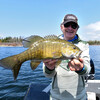
The Walking Dead
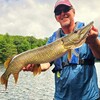
Grand Tappattoo Resort: Fishing Adventures Near the GTA

5 New Products That Are Must Haves For Anglers
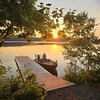
Birchland Cottages: Modern comfort with classic Northern Ontario charm
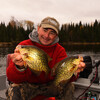
Double Trouble for Fall Crappies
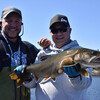
Guided Lake Trout Fishing
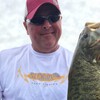
Waking Up Bass
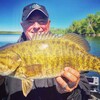
Fat Finesse Worm Bass
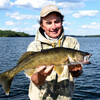
Slow Death Revisited
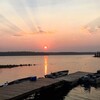
Guardian Eagle Resort

10 Tips For Ice Fishing Safety
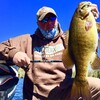
Swim Shiner Swim

St. Francis Titans
